The origins of sign language interpreting can be traced back to the 18th century, when the first schools for the deaf were established in Europe. One of the first known deaf schools was established in Paris in 1755 by Charles-Michel de l’Epee, who developed a system of communication based on a combination of signs that he called “methodical signs.” This system, which was later known as “French Sign Language,” became the foundation for many of the sign languages used in deaf education today.
In the United States, the first school for the deaf was established in 1817 by Thomas Hopkins Gallaudet and Laurent Clerc in Hartford, Connecticut. Gallaudet and Clerc used a form of sign language called “American Sign Language,” which was based on French Sign Language and had its own unique vocabulary and grammar.
As the field of deaf education grew, so too did the demand for sign language interpreters. In the early days, interpreters were often deaf individuals themselves, who had learned sign language and were able to communicate with both deaf and hearing individuals.
In the late 19th century, the field of sign language interpreting began to professionalize, with the establishment of professional associations such as the National Association of the Deaf (NAD) in the United States and the World Federation of the Deaf (WFD) worldwide. In the early 20th century, the NAD established the National Registry of Interpreters for the Deaf (NRID) to set standards of practice and certify interpreters. This was the first professional certification of interpreters in the world.
In the 1960s and 1970s, the field of interpreting for the deaf expanded to include new technologies such as captioning and voice interpreting. In the 1980s and 1990s, the field of sign language interpreting continued to grow, with more and more interpreters entering the profession, and more and more opportunities for interpreting services in various settings.
Today, sign language interpreting is a respected profession, with interpreters working in a wide range of settings, including healthcare, education, government, and the legal system. Interpreters are trained and certified in various forms of sign languages such as American Sign Language (ASL), British Sign Language (BSL), Australian Sign Language (Auslan), and many more.
It’s important to note that the history of sign language interpreting is not just limited to the western world but also other parts of the world have their own sign languages and interpreting professions. Sign languages vary from country to country and region to region. In some countries, sign language is not recognized as an official language and thus the interpreting profession is not well established.
Overall, the history of sign language interpreting has been one of growth and evolution, as the profession has adapted to new technologies, social changes, and the changing needs of the deaf community. The field of interpreting for the deaf has come a long way since its early days, and it continues to evolve and grow today.
We at FIA Interpreting are passionate about language interpretation, translation, and accessibility. Our mission will always revolve around ensuring that each Deaf/HoH individual receives full access to communication through reliable and high-quality interpreters.


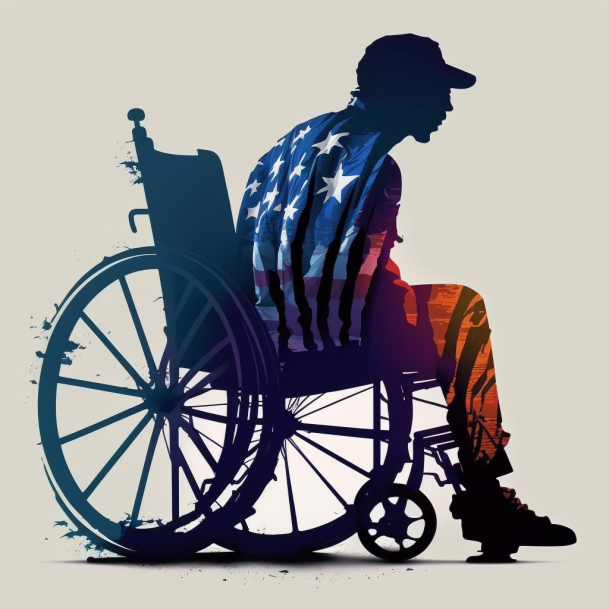
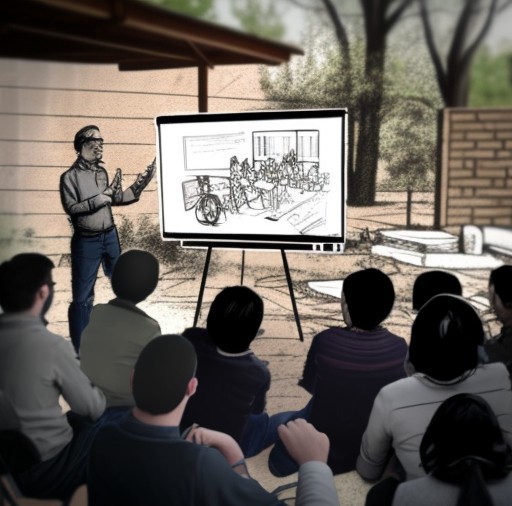
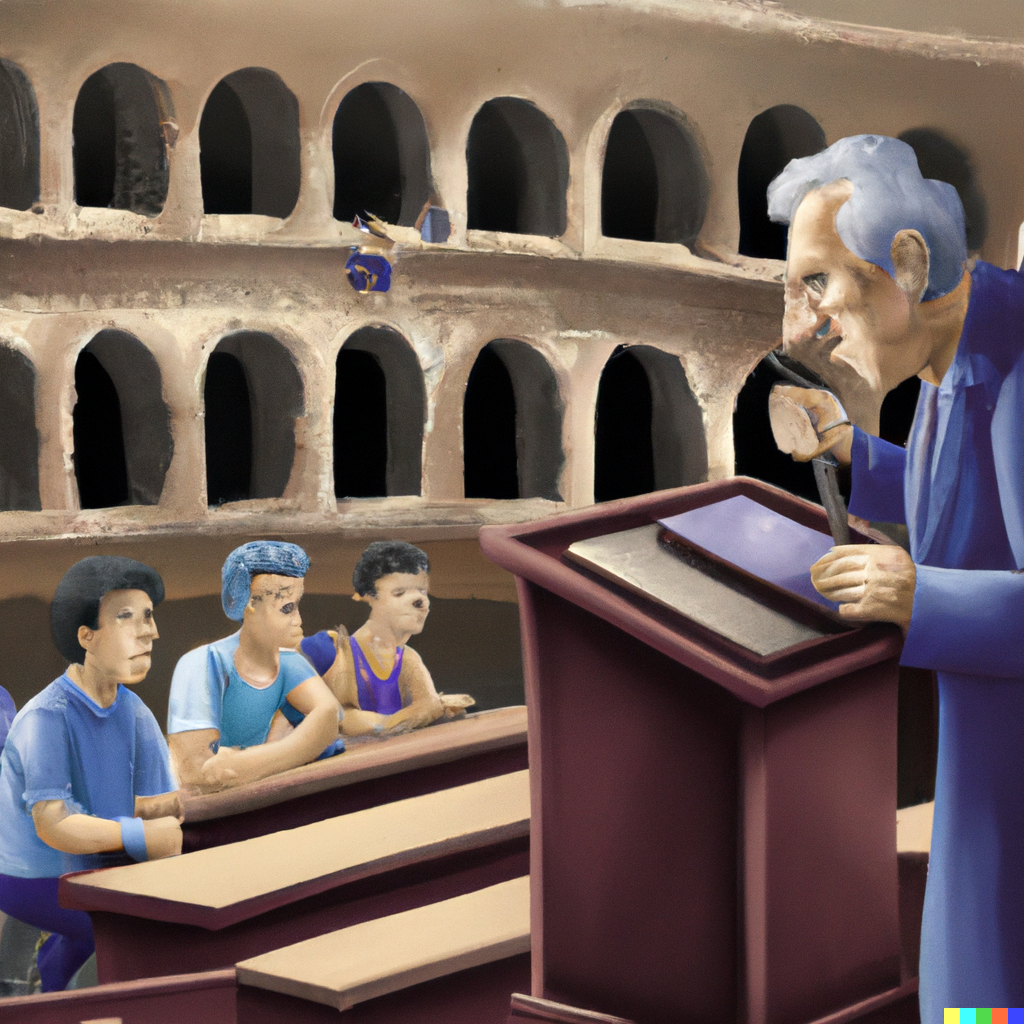
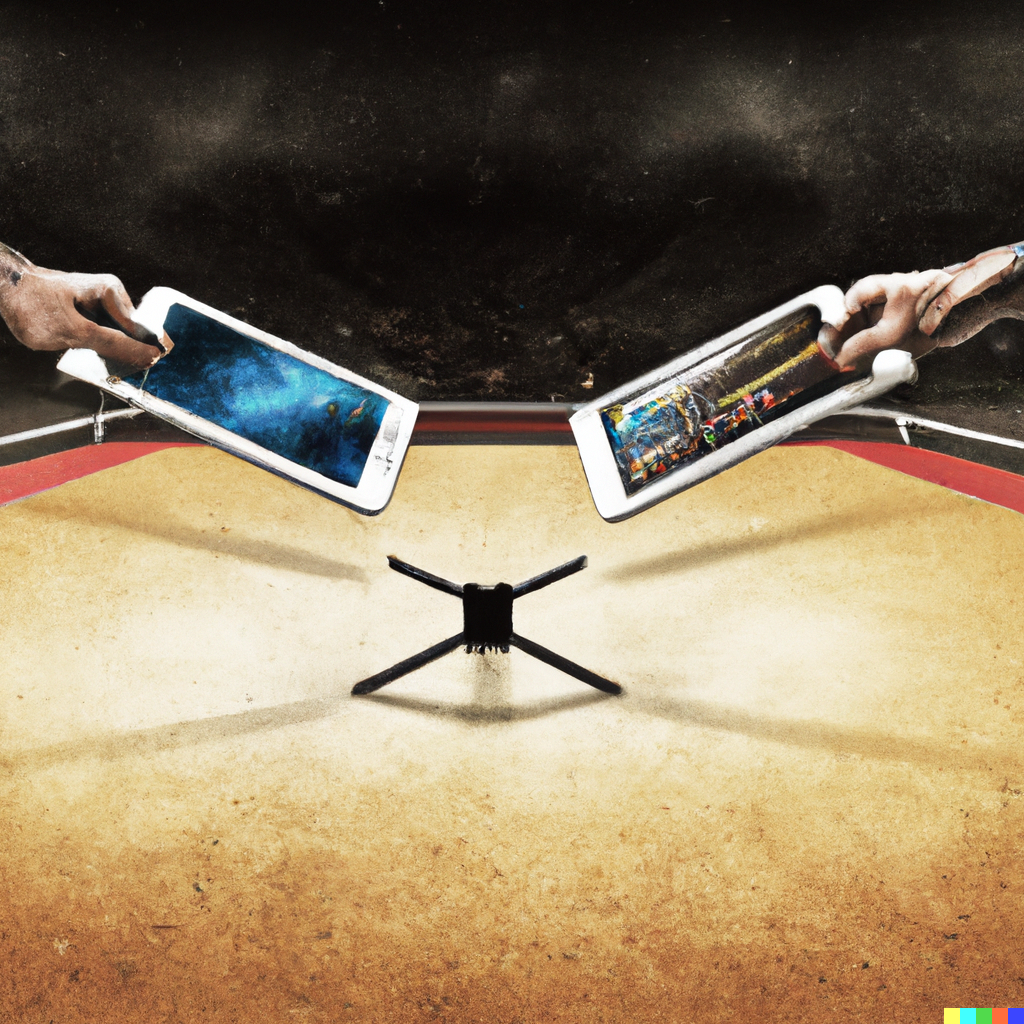



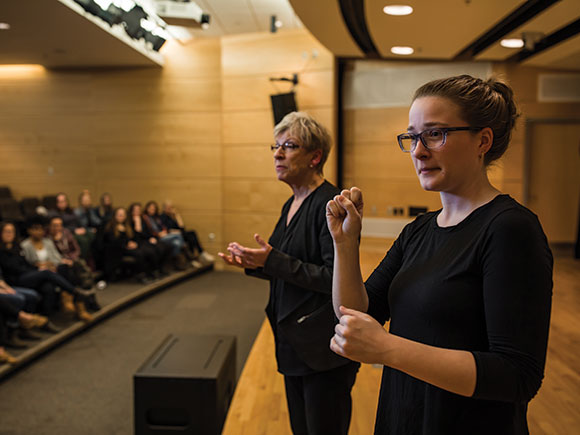


0 Comments